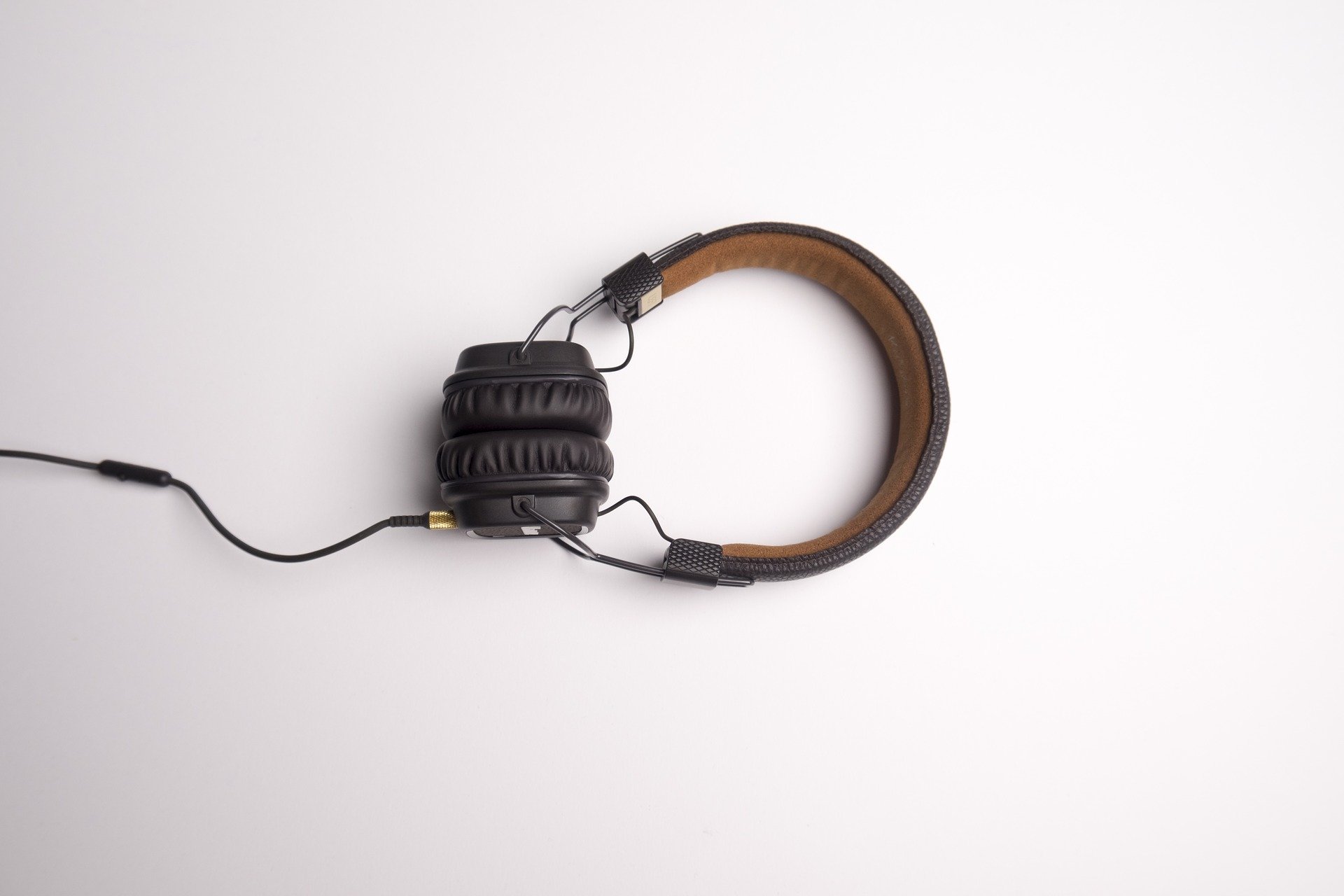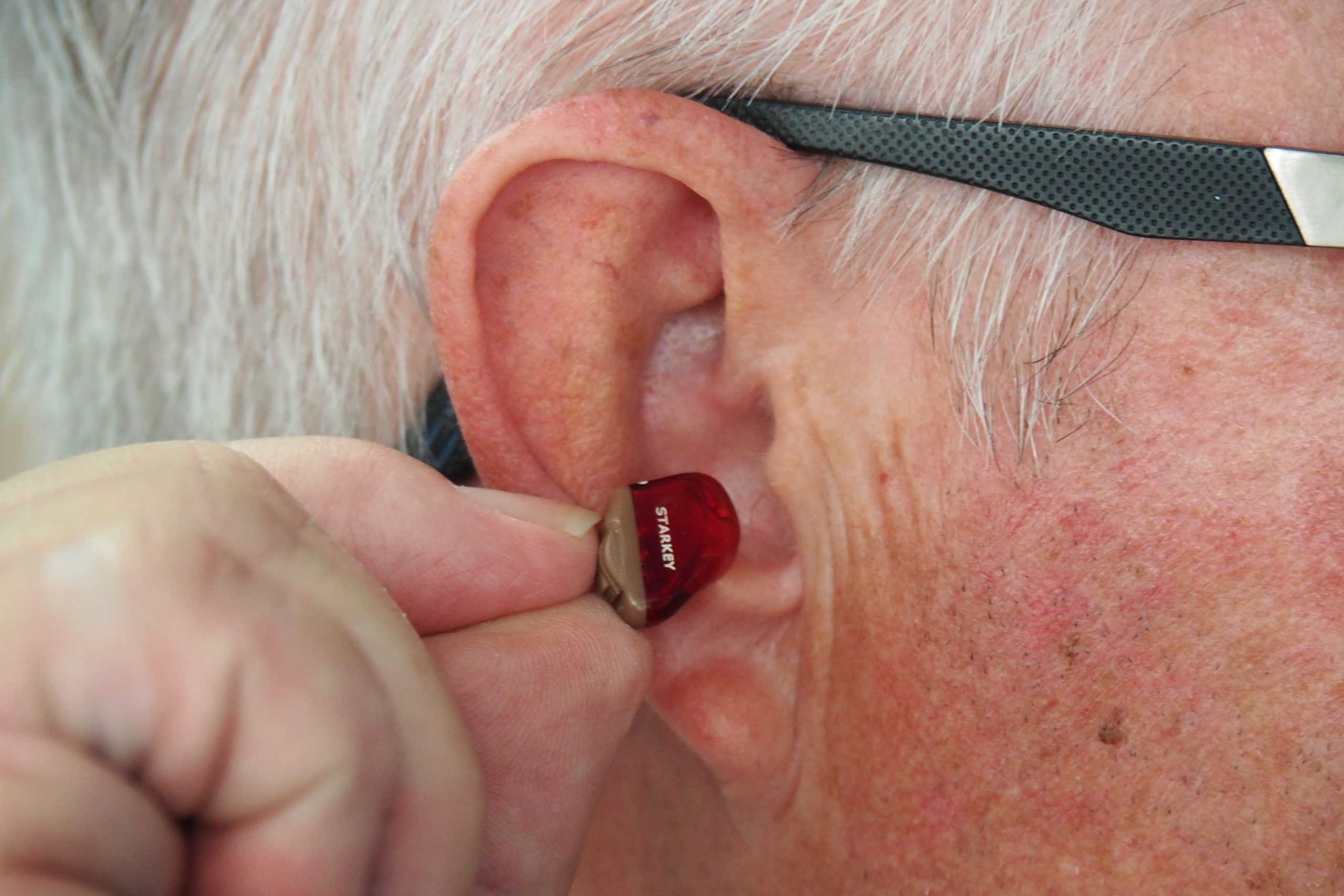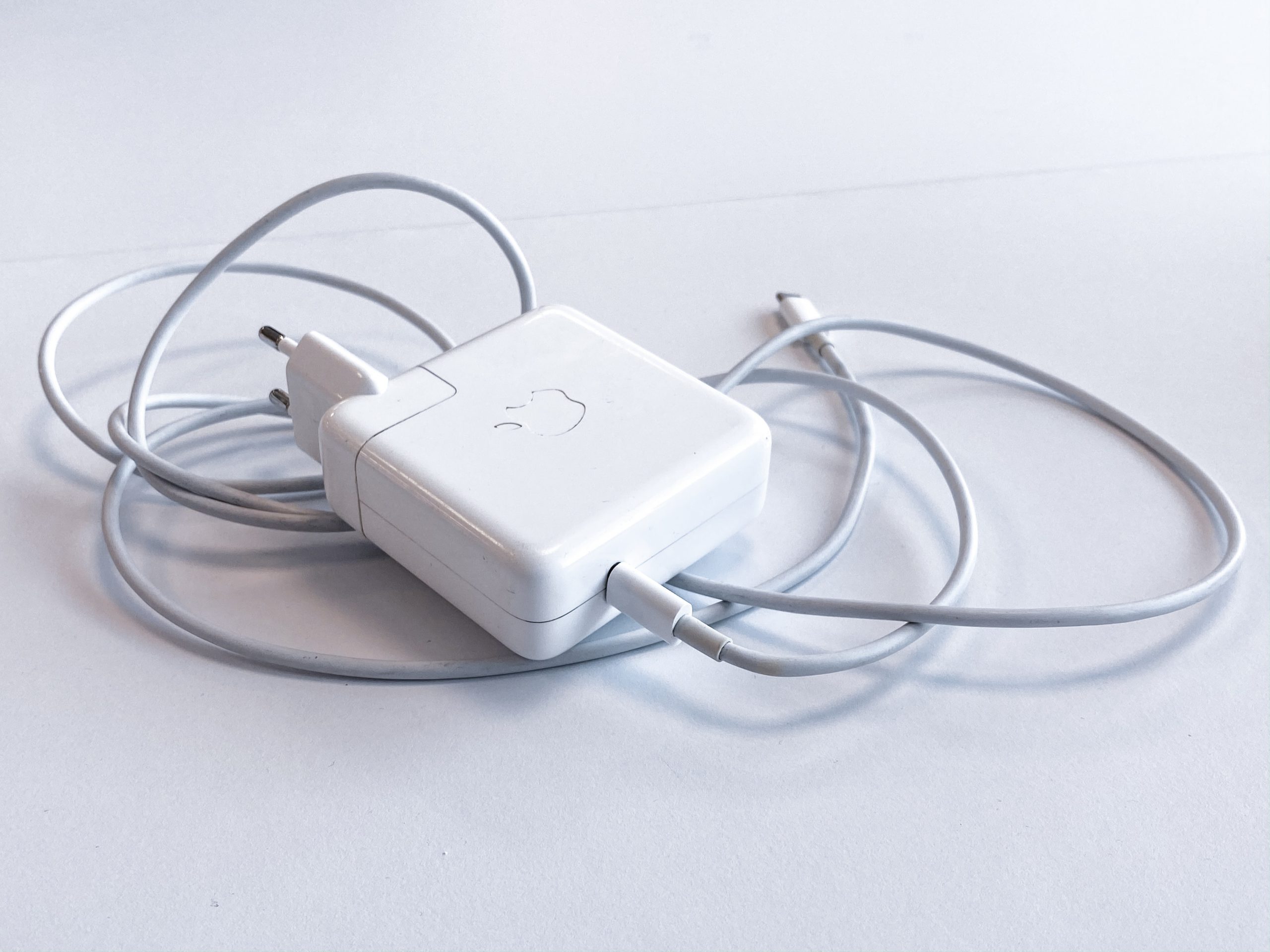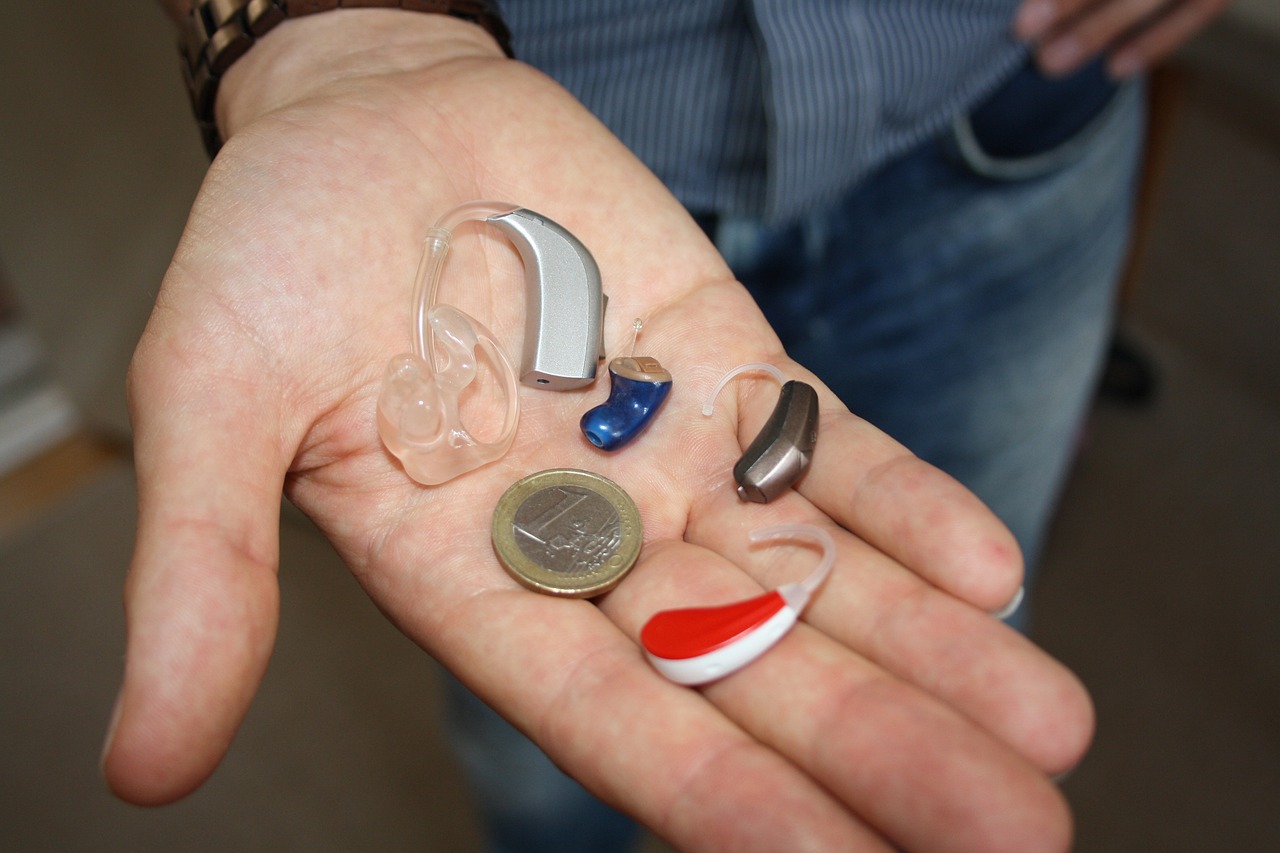
Hearing loss can be experienced in one ear or both. Bilateral hearing loss, the term for hearing loss in both ears, is rarely experienced equally in both ears. Often both ears will have hearing loss, but at disproportionate levels. This uneven hearing loss is called asymmetrical hearing loss. To accommodate the unique aspects and special requirements of asymmetrical hearing loss, consider picking up a BiCROS hearing aid.
Contents
What Are BiCROS Hearing Aids Used For?
BiCROS hearing aids are more suitable if you have asymmetrical hearing loss, which we explained above. They come in a pair, with a microphone that picks up sounds from the worse ear and a receiver in the ear with better hearing. This receiver ear processes sound sent there by the microphone.
They essentially amplify sound from both sides, but feed it into the ear with better hearing. You can get Behind-the-Ear (BTE) and In-the-Ear (ITE) versions.
What Are The Advantages?

The advantage of BiCROS hearing aids is that people with single-sided deafness (SSD) can now access sound from their bad side. They harness the fact that you have two ears, but with the introduction of a wireless audio connection, no physical wire is needed for the two components to work together.
They also enable you to be more aware of other noises around you in the same way that other hearing aids amplify sounds.
These hearing aids might feel strange at first and take some time to get used to. It’s important to wear your hearing aids all the time or as much as possible to give your adjustment the best chance.
Are BiCROS Hearing Aids More Expensive Than Normal Hearing Aids?
Just like with other hearing aid types, the price of a BiCROS hearing aid will depend on the brand, model, and technology of the product. Generally, expect them to cost you around $2,500 – $6,000, which is in the same region as ‘standard’ hearing aids.
Sometimes you can give hearing aids a trial run and if you don’t like them you can send them back to receive a refund. If you’re still unsure about BiCROS, ask your hearing health provider whether this might be possible.
BiCROS & CROS Hearing Aids
Although similar, CROS hearing aids are a different type of device, and you should know the difference when shopping for one or the other. For more information, check out our CROS hearing aid article.
The information in this guide has been written using the following reliable sources: https://www.hear.com, https://actiononhearingloss.org.uk, https://www.healthyhearing.com, https://www.nhs.uk








